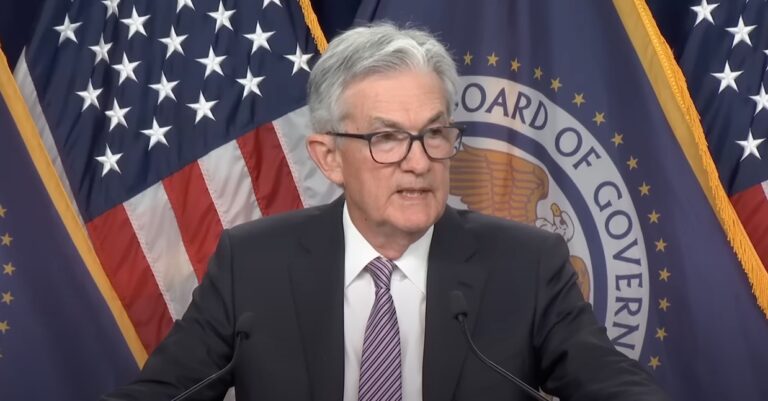Federal Reserve officials have grown increasingly worried about the stubborn nature of inflation, as revealed in the minutes from the April 30-May 1 policy meeting of the Federal Open Market Committee (FOMC). The minutes, released on Wednesday, indicated that policymakers lacked the confidence to move forward with interest rate reductions due to the lack of progress in bringing inflation down to the targeted 2% rate.
The meeting took place following a series of economic readings that showed inflation running well above the Fed’s target despite having eased over the past year. The minutes noted that “various participants mentioned a willingness to tighten policy further should risks to inflation materialize in a way that such an action became appropriate.”
The FOMC unanimously voted to maintain the benchmark short-term borrowing rate in a range of 5.25%-5.5%, the highest level in 23 years. While some incremental signs of progress on inflation have emerged since the meeting, such as the slightly lower consumer price index for April, consumer surveys indicate increasing worries about the inflation outlook.
Fed officials identified several upside risks to inflation, particularly from geopolitical events, and expressed concern about the pressure that inflation was having on consumers, especially those on the lower end of the wage scale. They also noted that consumers were resorting to riskier forms of financing, such as increased usage of credit cards and buy-now-pay-later services, to make ends meet as inflation persists.
Although officials were largely optimistic about growth prospects, they expected some moderation this year and grew uncertain over how long it would take for inflation to return to the 2% objective. Immigration was mentioned multiple times as a factor helping to spur the labor market and sustain consumption levels.
Public remarks from central bankers since the meeting have taken on a cautionary tone, with Fed Governor Christopher Waller stating earlier this week that he will need to see “several months” of good data before voting to cut rates. Last week, Jerome Powell maintained that the Fed will “need to be patient and let restrictive policy do its work” as inflation remains elevated.
According to a report by CNBC, markets have continued to adjust their expectations for rate cuts this year, with futures pricing indicating about a 60% chance of the first cut coming in September and a slightly better than 50-50 chance of a second move in December. This marks a significant shift from earlier this year when markets had been pricing in at least six quarter-percentage point cuts.









